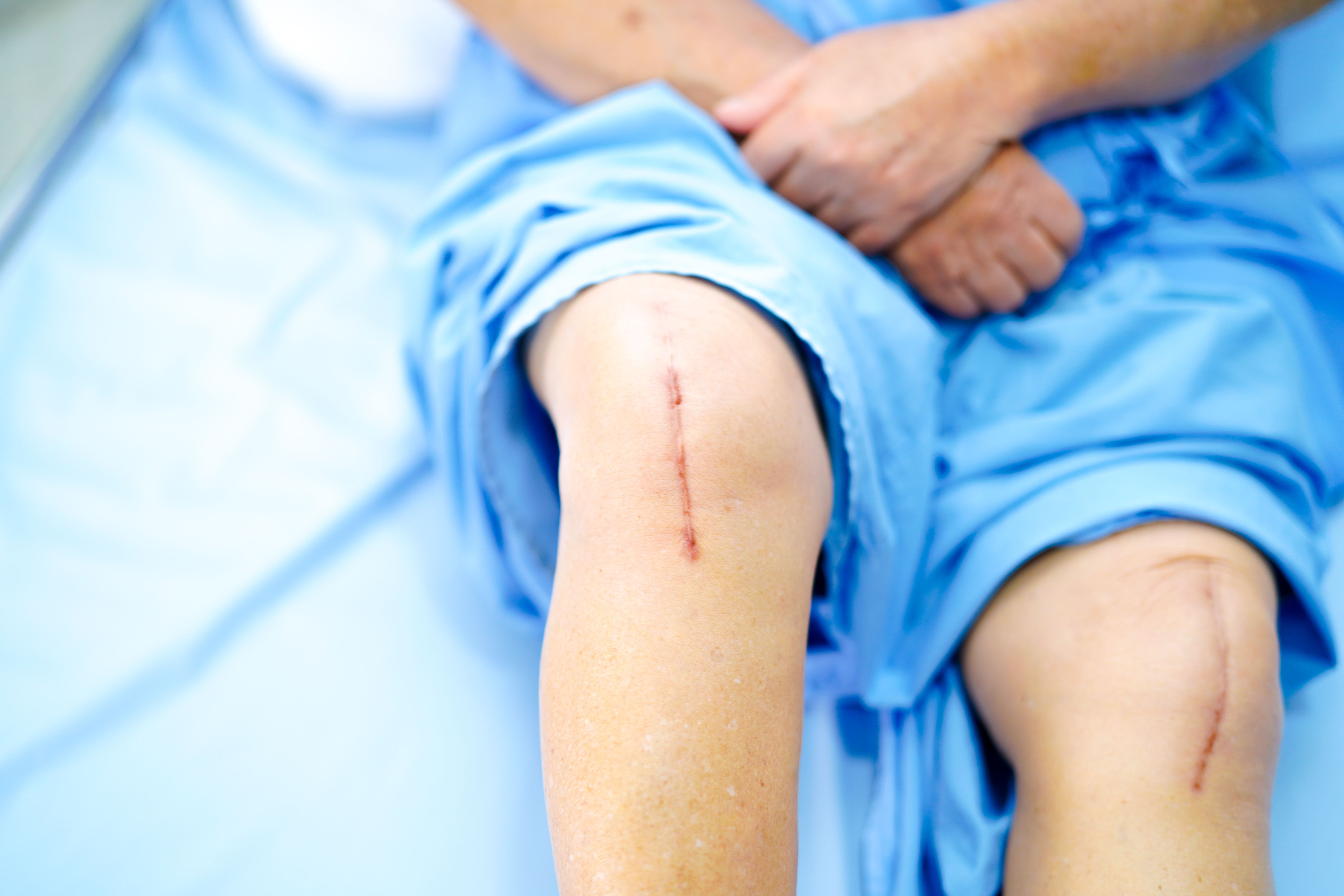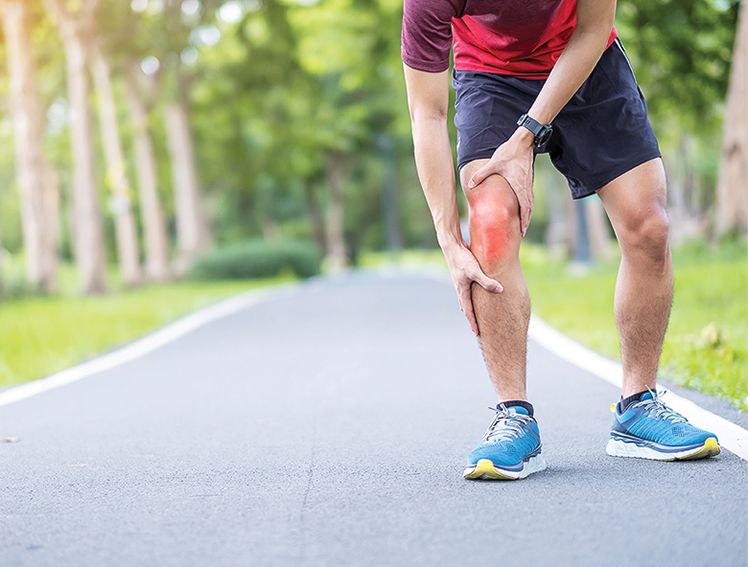
What Is Knee Replacement?
Introduction
A knee replacement surgery is used when the knee joint is badly worn out. The purpose is to lessen discomfort and improve leg movement for those with failing knees. Doctors replace badly worn knee parts with artificial parts during the operation. Many people who suffer from chronic knee pain get real relief through this operation. Many people who get this surgery feel much better afterwards, and it has a high success rate. After the operation, most people experience less pain and can get around more readily.
About Knee Joints
The knee is the largest joint in the body and allows you to walk, run, climb stairs, jump, kick, and throw. It is made up of three main bones: the thigh bone (femur), the shin bone (tibia), and the kneecap (patella)
The upper end forms the lower part of the joint, along with the Tibia (shinbone).
Patella (kneecap): Protects the front of the knee and helps to move the leg.
These bones connect through ligaments and are therefore stable; they also have a smooth tissue (known as articular cartilage) covering them, which cushions the bones and allows easy, painless movement. Additional components include:
Shock Absorbers: C-shaped wedges of cartilage between the femur and tibia.
The synovial membrane, a thin lining, produces lubricating fluid to decrease the friction of the joint.
The problem is that these components all work well together in a healthy knee. But once arthritis or an injury gets to this harmony, it can cause pain, stiffness, and limited range of motion.
Types of Arthritis Leading to Knee Replacement
There are three most common types, which are as follows:
Osteoarthritis
Osteoarthritis is an age-related "wear and tear" type of arthritis. It usually occurs in people 50 years of age and older, but may occur in younger people, too. In this type of arthritis, the cartilage that cushions the bones of the knee softens and wears away.
Rheumatoid Arthritis
Rheumatoid arthritis is the most common form of a group of disorders termed "inflammatory arthritis”
A disease characterised by an autoimmune inflammation of the synovial membrane and cartilage damage, resulting in joint pain.
It is more common in younger adults.
Post-Traumatic Arthritis
This type of arthritis develops after a knee injury, such as a fracture or ligament tear. Even after the injury has healed, the damage to the knee can cause the cartilage to wear down gradually over time. It can affect people of any age following an injury.
What is Knee Replacement?
Knee replacement involves the removal of your damaged knee joint (due to arthritis or injury) and replacing it with an artificial joint. This major surgical procedure requires hospital admission for 2 to 3 days. A knee replacement might be more accurately termed as knee "resurfacing" because only the surface of the bones is replaced.
When Is Knee Replacement Recommended?
Knee replacement is usually recommended for patients whose symptoms do not improve with medications, physical therapy, weight loss, or injections. Important signs that surgery may be needed include:
Severe knee pain that prevents you from doing daily things (e.g, walking, climbing stairs).
Recurrent stiffness or swelling of the knee.
Impaired mobility causes loss of quality of life.
Severe arthritis, often called “bone on bone” because so much cartilage has worn away, can cause intense pain and joint damage, making knee replacement surgery necessary.
The decision to undergo knee replacement depends on the patient’s overall health, age, and lifestyle. While the surgery is often recommended for older adults, younger patients with severe arthritis or serious knee injuries may also be considered.
The Knee Replacement Surgical Procedure: Step by Step
A knee replacement operation usually takes 1 – 2 hours and consists of four main steps.
Preparation of the bones:
The surgeon removes damaged cartilage and underlying bone from the femur and tibia, as well as the patella when involved.
The alignment is properly measured and precisely cut.
Positioning of the metal implants:
The ends of the femur and tibia are prepared, and metal components are then attached to them.
These components replace the damaged surfaces of the knee joint, allowing it to move smoothly again.
The implants can be ‘cemented’ (attached with bone cement) or ‘press fit’ (attached by growing into the implant).
Resurfacing the patella (kneecap):
The underside of the kneecap may have to be resurfaced with a plastic button.
The necessity of this procedure is determined by the patient’s clinical condition and the surgeon’s professional judgment. It is not required in all cases.
Inserting a spacer:
Between the metal components, a plastic spacer is inserted that is medical-grade plastic.
This allows for a smooth gliding surface mimicking the function of natural cartilage.
Allows for nearly frictionless movement of the new joint.
Recovery and Rehabilitation
Once patients undergo surgery, they typically start physical therapy within the first 24 hours after surgery to get mobile. Key recovery milestones include:
Hospital Stay: 2-3 days, with some going home the same day.
Return to activities (1-2 weeks). Use mobility aids (e.g., crutches and walkers) and gradually return to light activities.
Most patients get full strength and mobility back with consistent therapy and are considered to be in a Full Recovery (6 – 12 months).
Going by a rehabilitation plan to get the best outcomes is especially important.
Conclusion
Knee replacement is a highly effective way for people with severe knee pain and disability caused by arthritis or injury. One option available for knee replacement is the FREEDOM Knee Implant, which features a high-flexion design and a personalized approach to fit individual patient needs. If you are considering this surgery, consult an orthopaedic surgeon and have all the best possible results explored.
Read More about Freedom Knee Implant



